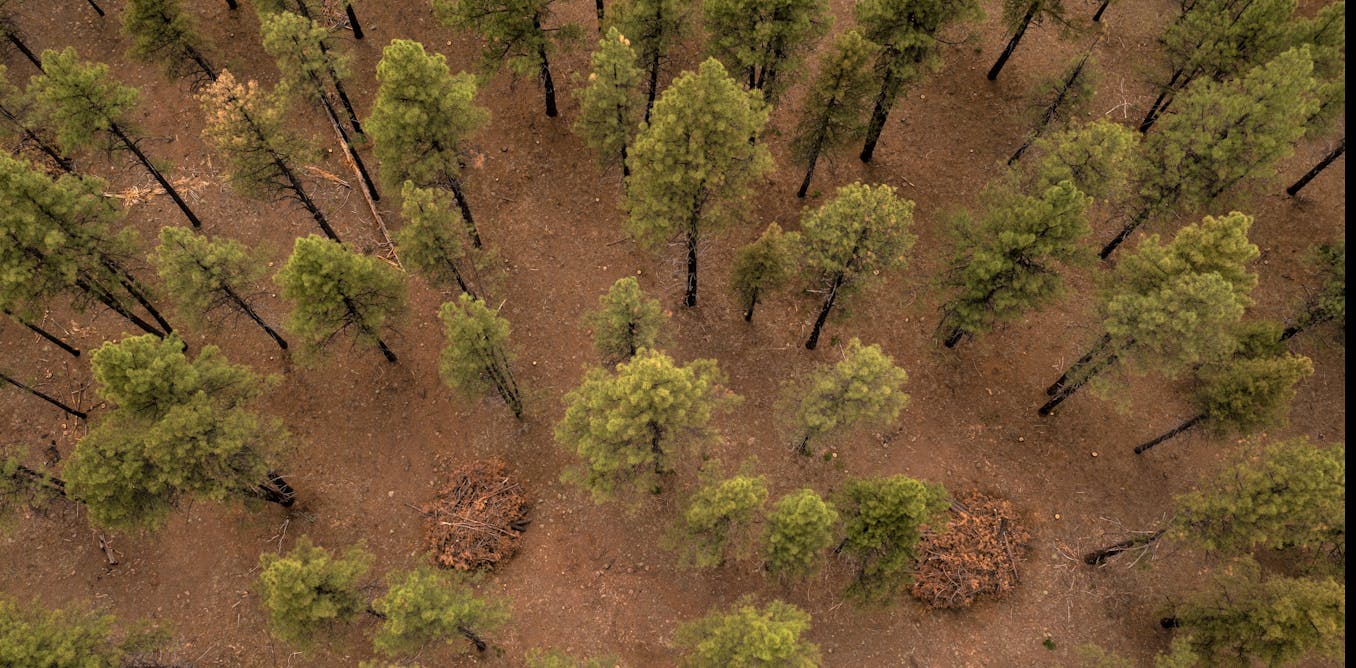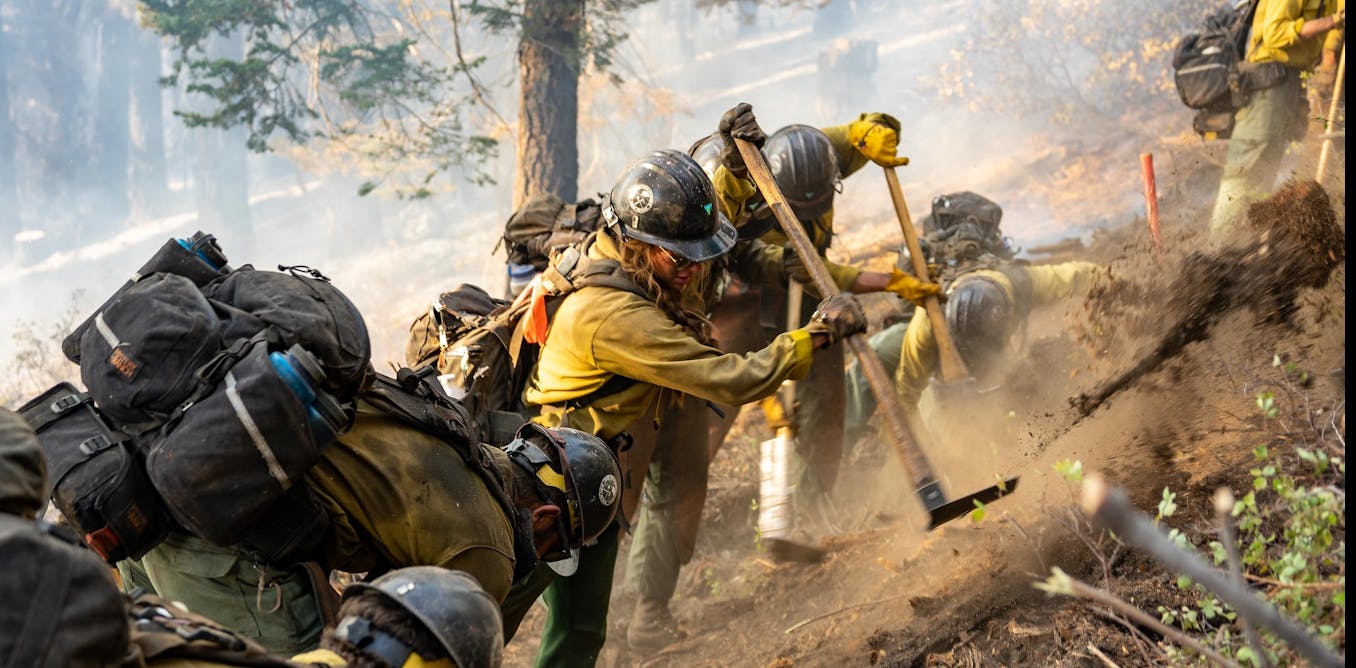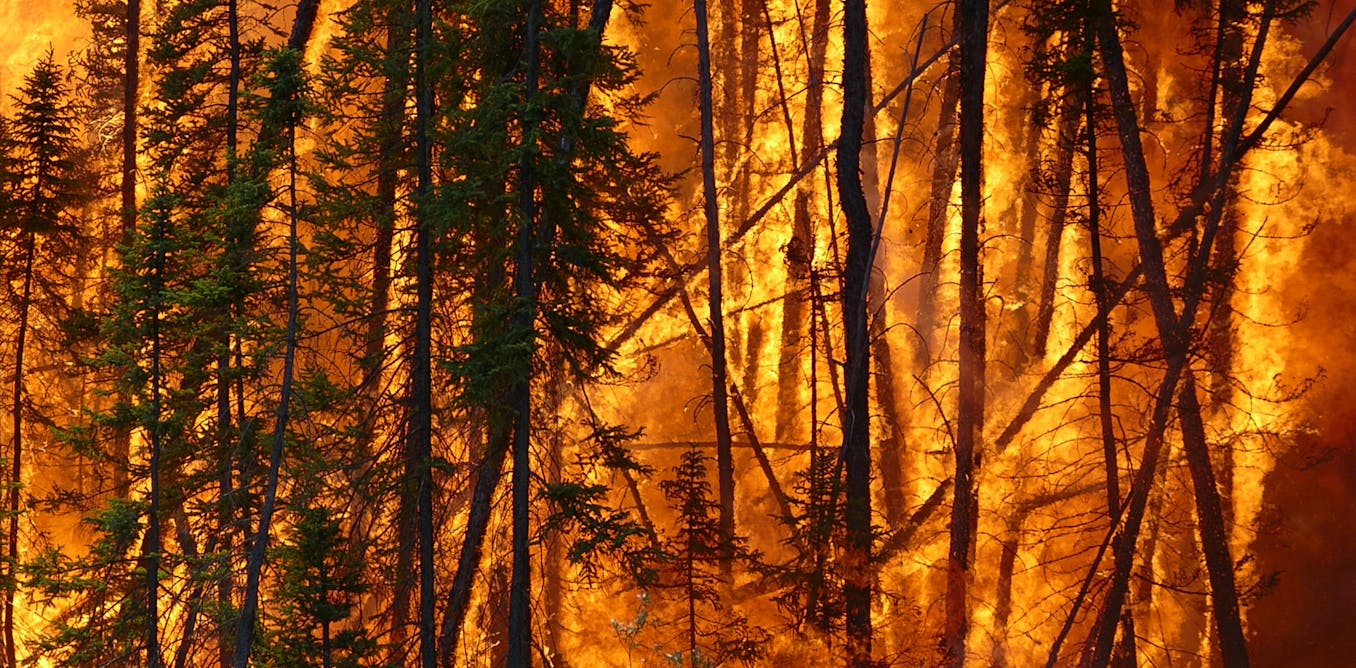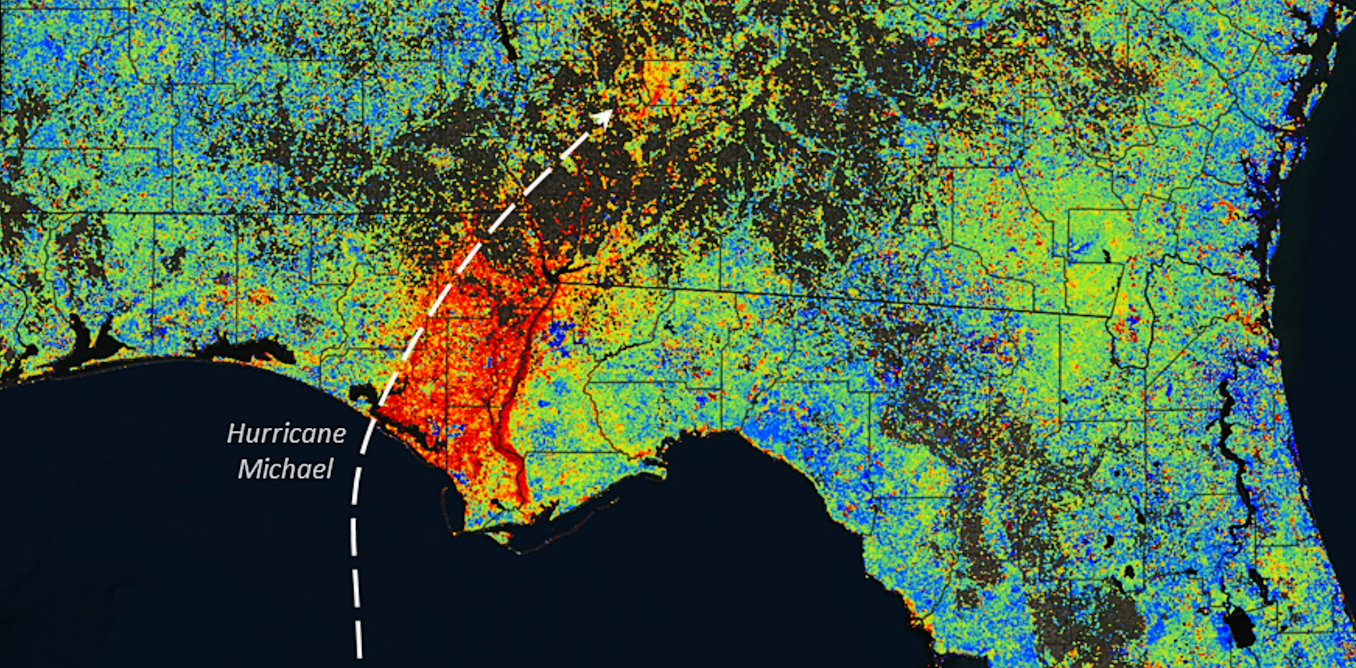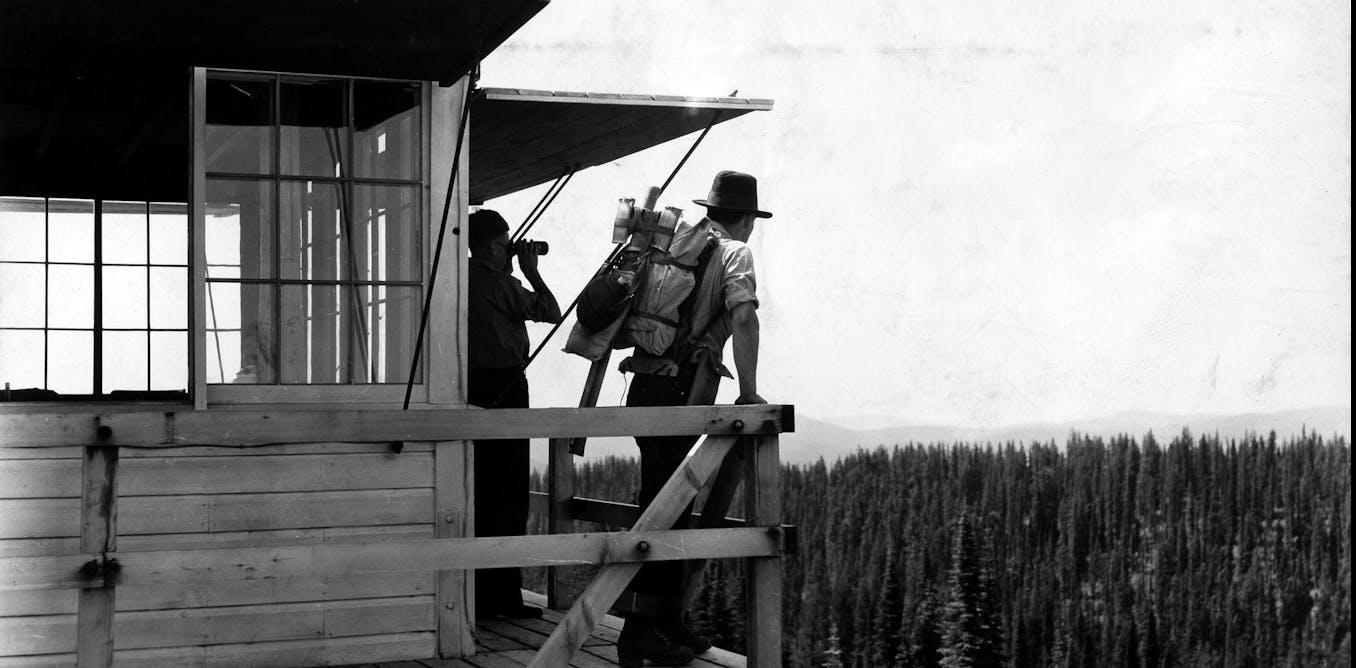The US is spending billions to reduce forest fire risks – we mapped the hot spots where treatment offers the biggest payoff for people and climate
Forest thinning and controlled burns take away fuel for fires, but the US can only treat so many acres. Which ones to choose?
Sept. 6, 2023 • ~6 min

